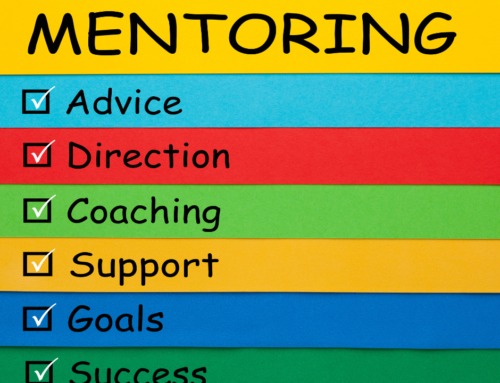Lead Teams Effectively to Dramatically Increase Productivity at Work ( and happiness too)
In today’s dynamic and competitive business landscape, the success of any organization hinges on its ability to lead teams – to build and maintain effective groups of people. A well-functioning team can drive innovation, boost productivity, and foster a positive work culture. However, creating such a team requires intentional effort and a strategic approach. In this week’s Living Leadership post, I’ll explore the four essential steps to build an effective team.
Step 1: Define Clear Goals and Expectations
Zig Ziglar once said, “Lack of direction, not lack of time, is the problem.” The foundation of any successful team lies in a shared understanding of its purpose and objectives. Begin by defining clear, measurable goals aligning with the organization’s mission. These goals should be specific, attainable, relevant, and time-bound (SMART).
Communicate these objectives to the team members, ensuring everyone understands their role in achieving them. In the recently released movie, “The Boys in the Boat,” the team was laser-focused on their goal: going to Berlin to compete in the 1936 Summer Olympic Games and winning the 8-person rowing gold medal.
But setting clear expectations is equally crucial to lead teams. Outline the responsibilities of each team member, establish performance standards, and communicate the values the team should embody. This clarity provides direction and helps foster a sense of accountability among team members.
Step 2: Cultivate Effective Communication
Effective communication is the lifeblood of any successful team. Encourage open, honest, and transparent communication channels among team members. Foster an environment where team members can share ideas freely, feedback is constructive, and there is prompt attention to team concerns.
Regular team meetings can play a vital role in enhancing communication. These meetings provide a platform for discussing progress, addressing challenges, and brainstorming solutions collaboratively.
In his seminal book, “Good to Great,” Jim Collins called these meetings “The Council” critical for effective collaborative teamwork. Emphasize active listening within the team to ensure that every member feels heard and valued. Leverage technology to facilitate communication, especially in today’s digital age. Use collaboration tools, project management software, and communication platforms to streamline information sharing and keep everyone on the same page. A well-connected team is a more efficient and productive team.
Step 3: Lead Teams by Fostering a Positive Team Culture
Building a positive team culture is instrumental in creating a work environment where individuals can thrive and collaborate seamlessly. Encourage a culture of respect, trust, and inclusivity. Recognize and celebrate individual and collective achievements, reinforcing that every team member contributes to the overall success.
Invest time in team-building activities that go beyond the confines of daily work. These activities could range from team lunches and outings to workshops and training sessions. Building personal connections among team members can enhance collaboration, boost morale, and create a more cohesive working unit.
We find ourselves doing lots of teamwork with clients at the moment, and this is precisely the type of conversation we are having with their teams. It is such important work. Additionally, be mindful of diversity and inclusion within the team. A diverse team brings a variety of perspectives, experiences, and ideas to the table, fostering innovation and adaptability.
Step 4: Promote Continuous Learning and Development
A successful team continually evolves and adapts to new challenges. Encourage a culture of continuous learning and development within the team. Provide opportunities for skill-building, whether through workshops, training programs, or mentorship initiatives. Recognize the strengths and weaknesses of each team member and allocate tasks accordingly to promote skill enhancement. You will benefit individual team members but also contribute to the overall growth and resilience of the team.
Building an effective team is a dynamic process that requires ongoing attention and commitment. By defining clear goals, fostering effective communication, cultivating a positive team culture, and promoting continuous learning, organizations can lay the groundwork for teams that meet and exceed expectations. Remember, the strength of a team lies not only in its members but in the synergy created when those individuals work together towards a common goal.
What to Read
Best Team Ever: The Surprising Science of High-Performance Teams by David Burkus






